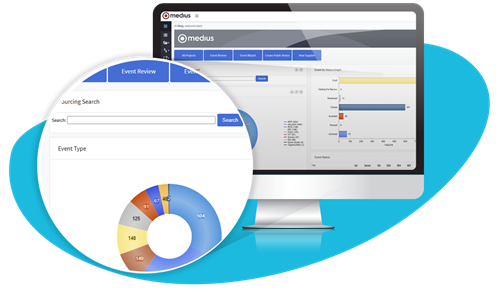
AP Automation
Accounts payable automation or AP automation refers to technology that allows companies to streamline and automate of their accounts payable process. This removes manual tasks while also providing improved visibility and control over important financial data. It is an ongoing effort for few companies but data shows that approximate 60 percent in the US market hasn’t yet implemented AP automation. Those who have done so have deployed at many levels for automation and different components.
Implementing AP automation allows organizations to process supplier invoices without human intervention. With the digital workflow that manages steps that the staff member used to handle. The process starts with capturing invoice data in digital format. AP automation or Accounts payable automation then handles for the coding and routing of the invoice through the digital workflow based on the specific logic you have configured in your organization’s automation software. The AP automation solution integrates with enterprise resource planning (ERP) systems to seamlessly transfer for the data between the two systems without placing the strain on the ERP environment and business IT resources.
They have consists of:
It is also possible to add Inventory management components into the process, where appropriate for industry or market. Though you will have to spend some time setting up the approval process or workflow for each and everything, after that, it’s pretty much a set-and-forget approach that checks on as needed.
The differences between manual and automated AP are profound. The manual processes use mostly paper including purchase orders, checks and invoices.
The automated processes use for the less paper to reduce mistakes that often pop up using scattered paper processes. This also helps to prevent fraudsters from stealing information from these paper documents.
Then there’s difference: automated AP processes speed up invoice approvals or payments. More people get involved for the various stages of manual process. That leads to higher costs and greater inefficiencies.
The third key contrast is that AP processes give finance pros faster and easier access for the invoice and payment information they need right of their fingertips. Manual processes tend to be more disorganized. That makes it’s more time-consuming for finance pros to find information they need.
Automated invoice processing includes for all the steps from receiving an invoice to payment. The steps create the workflow. At the start the invoice arrives. Then optical character recognition technology scans for the invoice data or electronically inserts in an organized fashion into an online document. Then the process rolls along such as:
Invoices can be received for the electronically and converted from the paper to electronic. Electronic invoicing covers methods such as B2B or EDI connections, PDF invoicing and receipt via for the supplier portal, where data flows electronically. Paper invoices are scanned and processed using Artificial Intelligence (AI) and OCR to extract or store the data in the cloud.
Once the data has been captured, invoices are either matched to purchase orders and better receipts and they are automatically routed for the relevant team and individual for review and approval. Once approved, they are sent to the ERP or accounting system for payment.
All the Invoices are securely archived and audit trails for all the actions taken on invoices are simply available for the financial audit purposes. Electronic archival for invoices also makes it easy to search or find invoices anytime and anywhere.
Payments
Payments occur at the last stage for AP automation process. Automated Clearinghouse (ACH) ranks among the most widely used types of automated payments. These are bank-account-to-bank account transactions.
They have probably heard for virtual credit card payments. These are one-time uses for the unique credit card number to buy something in a highly secure way. These special cards limit the amount information sales merchants can access (just only a number) as opposed to credit cards that includes for security code and expiration dates. Although linked to credit cards and bank accounts, they aren’t like for the normal credit card because they can only be used once.
You are familiar with the third major payment type: paper checks. Many businesses still prefer to be paid by check. But they are more likely to have mistakes and are more vulnerable to fraud. The volume of digital transactions has grown exponentially, but the paper and documentation supporting it has equally grown for the similar terms. Businesses are still receiving on paper invoices, collecting paper receipts, or ultimately for the compliance and audit purposes, these documents have to be managed. And some businesses migrate away from checks, paper remains prevalent.
Lorem ipsum viverra feugiat. Pellen tesque libero ut justo, ultrices in ligula. Semper at. Lorem ipsum dolor sit amet elit. Non quae, fugiat nihil ad. Lorem ipsum dolor sit amet. Lorem ipsum init dolor sit, amet elit. Dolor ipsum non velit, culpa! elit ut et.
Lorem ipsum dolor sit amet elit. Velit beatae rem ullam dolore nisi esse quasi, sit amet. Lorem ipsum dolor sit amet elit.